Huh… look what a beautiful frame! Let’s take the camera from the bag and… Damn, too late! How many times this happened? Sure, this is not the end of the world, but a bit bitter remains.
A few years ago I decided to look for a compact camera to always carry with me. After trying a couple of rangefinder, a plastic point-and-shot and a couple of Minox, none of which mattered to me. I had almost changed my mind.
Sometime later, surfing the net, I do not remember how and where, I read something about the latest SLR produced by Canon in September 2004. Curiosity made me begin to look for information about what was apparently a small SLR with many features of more modern DSLRs.
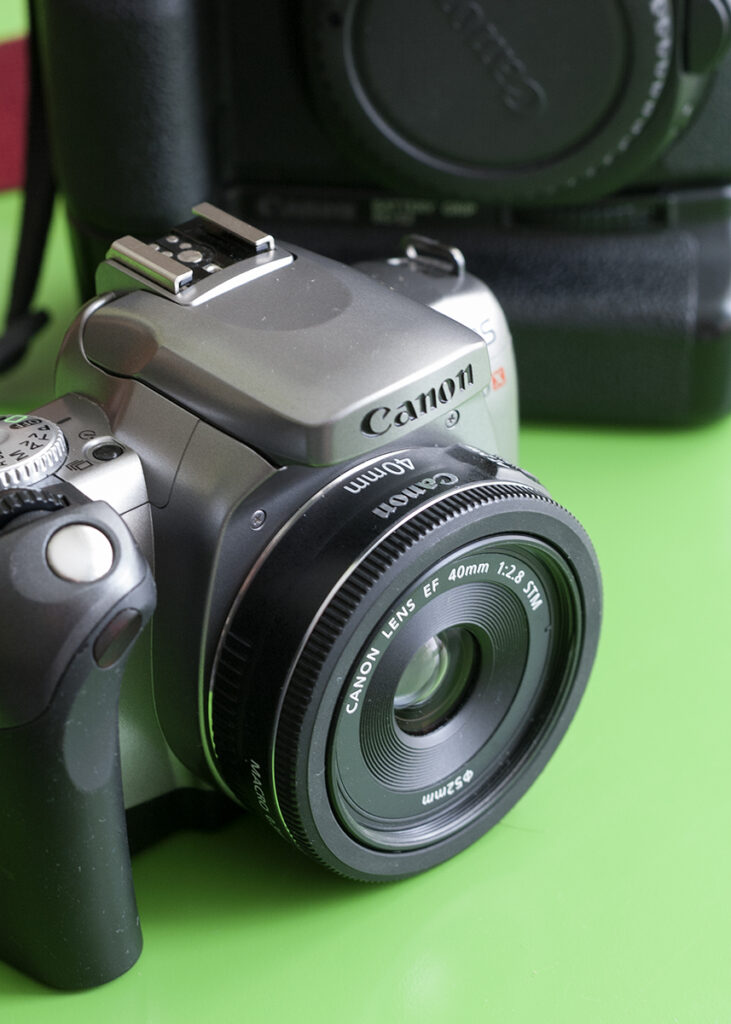
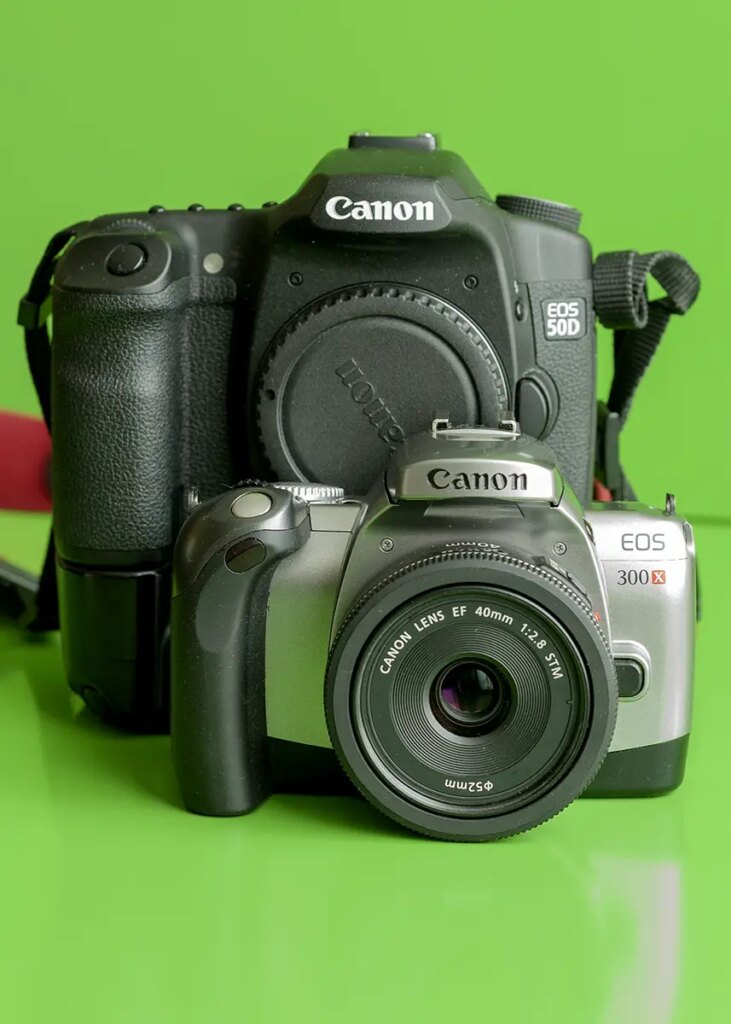
The Canon EOS 300x
I was particularly impressed by the compactness of the body and the small weight. Some stats:
- 354gr.
- 130 x 90 x 64mm
- 7 focus points
- E-TTL II
- Shutter speed from 30 “to 1/4000”
- 35 zones exposure measurement
- Program, shutter priority, aperture priority, manual and more …
- ISO DX: 25-5000, Manual: 6-6400
- Bracketing +/- 3stop
- Multiple exposures
- AE lock
- 1.5 frames per second in sequence
I also had the idea of mounting an EF40mm STM on it – this would also keep the size an weight down. It was not easy to find, but I was determined to have one. After a few months of searching and waiting I found the camera in good condition for €29.
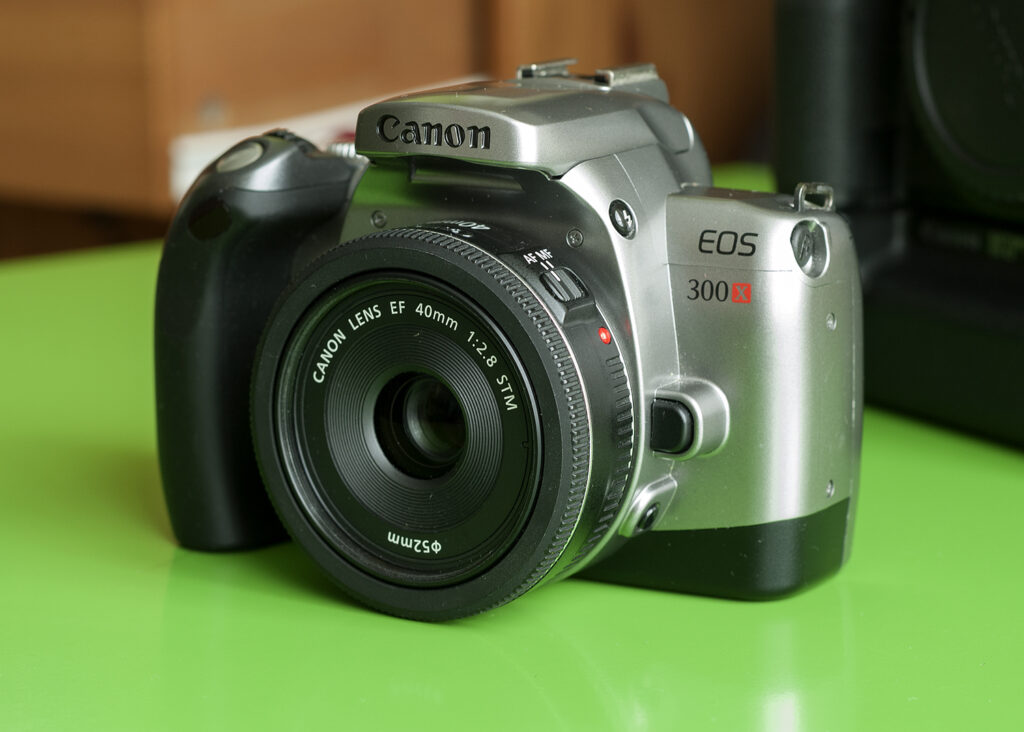
With the 40mm STM the autofocus works instantaneously and accurately. The viewfinder shows the necessary information without having to look at the back display. The focus point can be easily selected without taking the eye off the viewfinder. The compactness of the machine body allows you to reach all controls with the right thumb while the index acts on the timing and diaphragm selection dial and the shutter release button.
Switching to manual focus is immediate, as for modern digital cameras this can be achieved just holding the shutter button down and working on the focus ring of the lens.
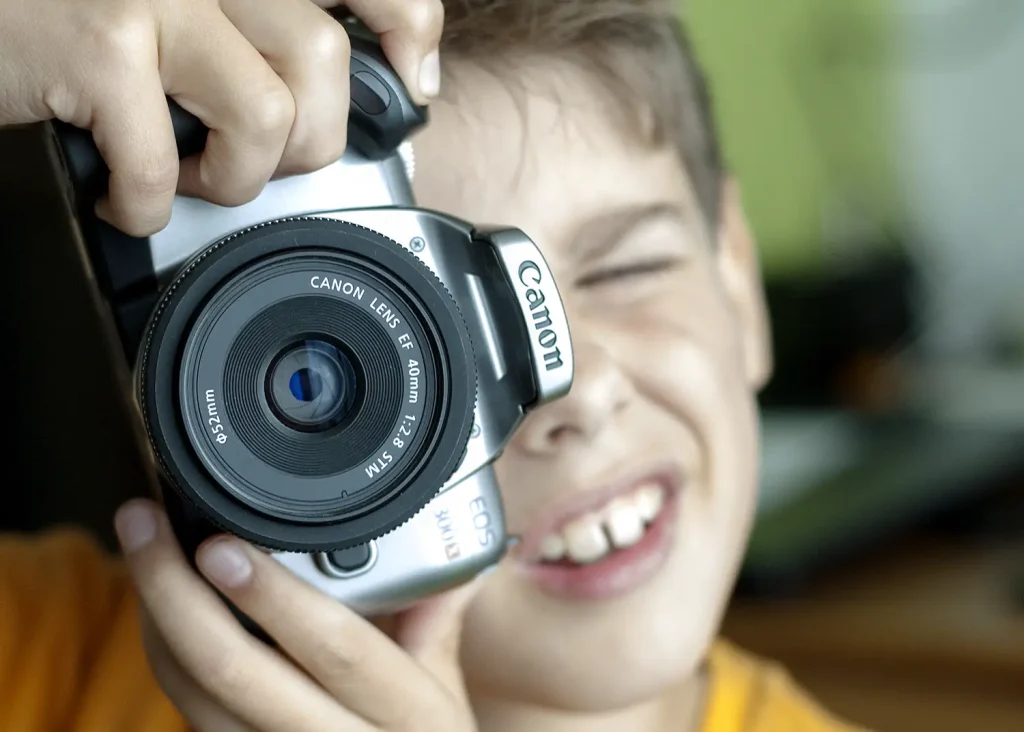
In conjunction with the 40mm STM the system is perfectly balanced, you can secure the camera with your hand for a whole day without fatigue problems. With the 50mm STM and standard zoom such as 28-80mm or 22-55mm USM the situation does not change, while with more “demanding” lenses, the greater weight leads to an unbalancing of the system.
“Fiat lux”

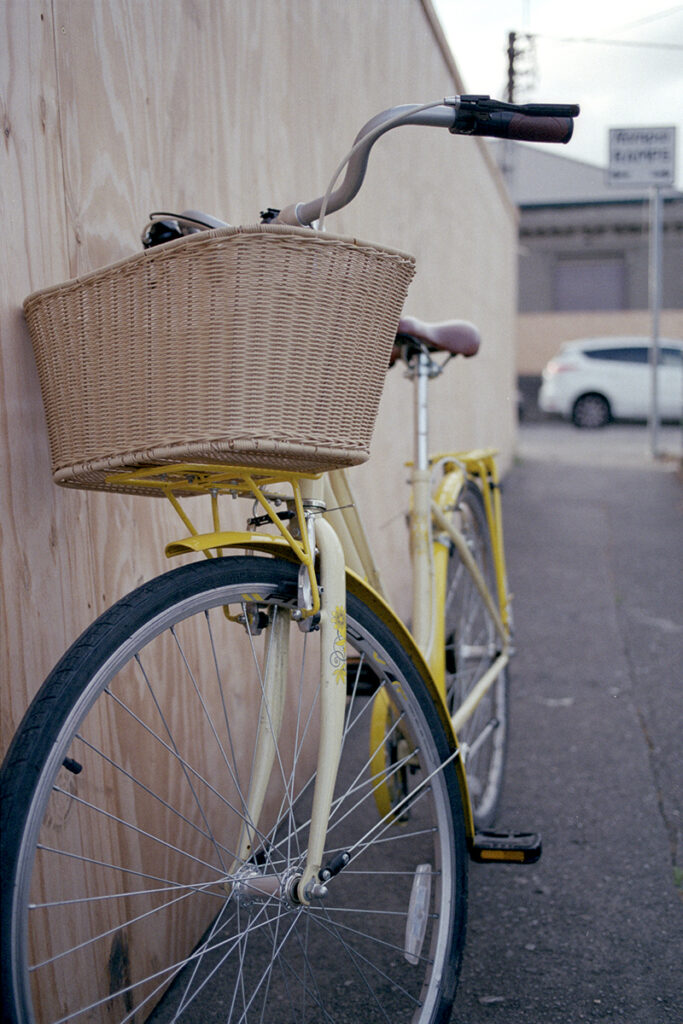

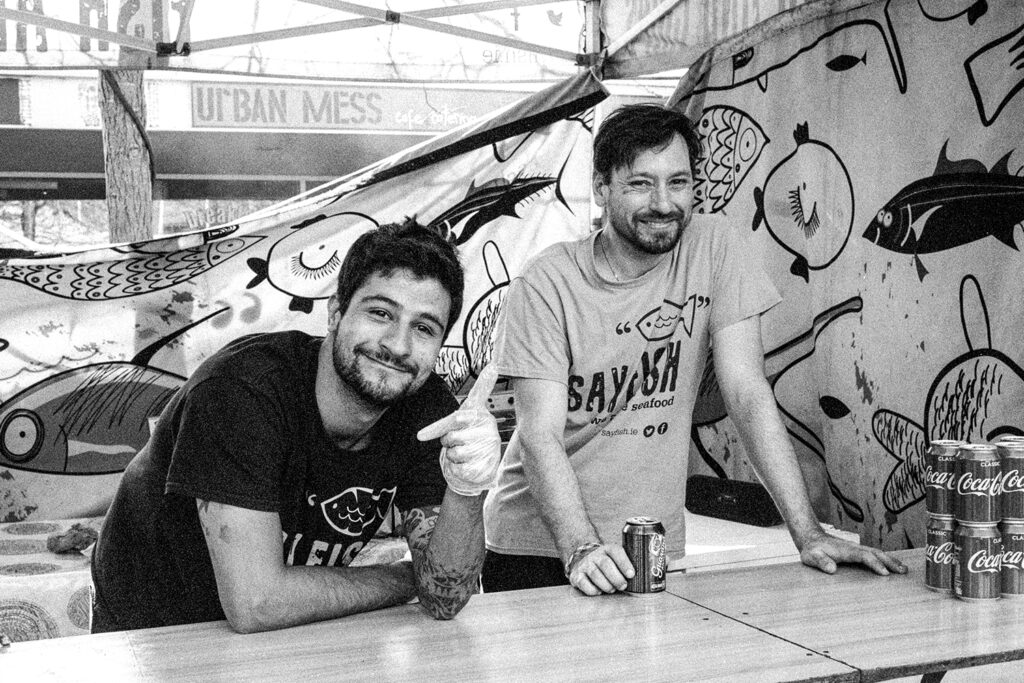
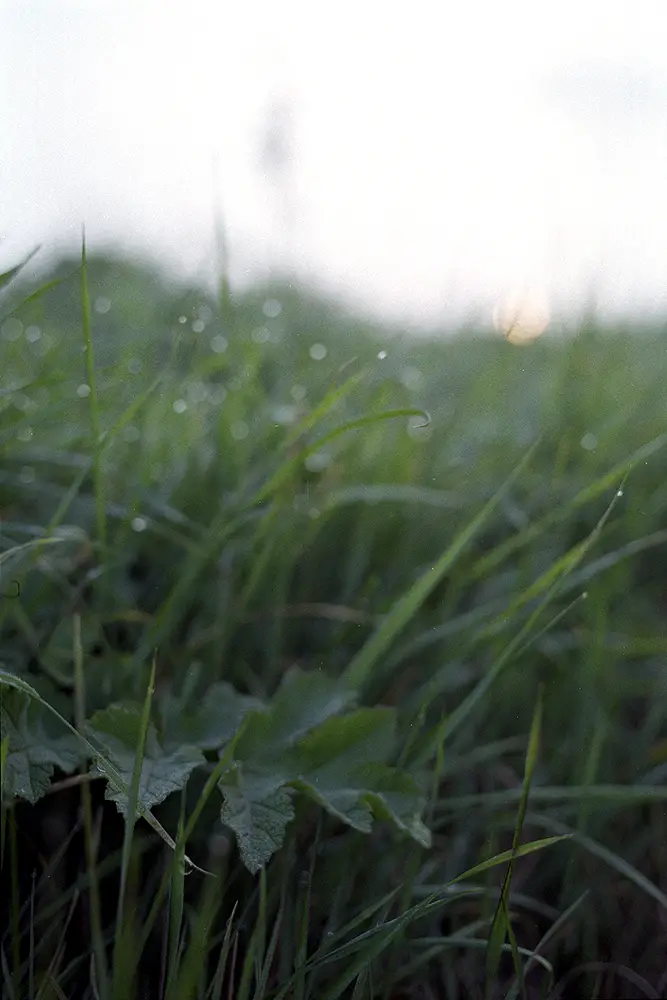
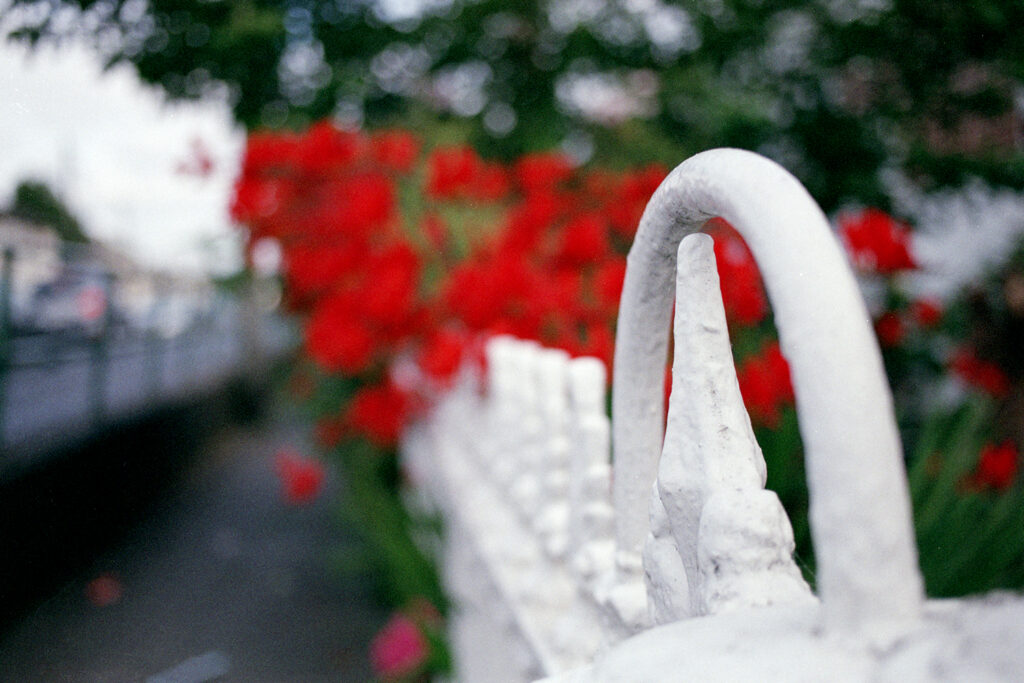

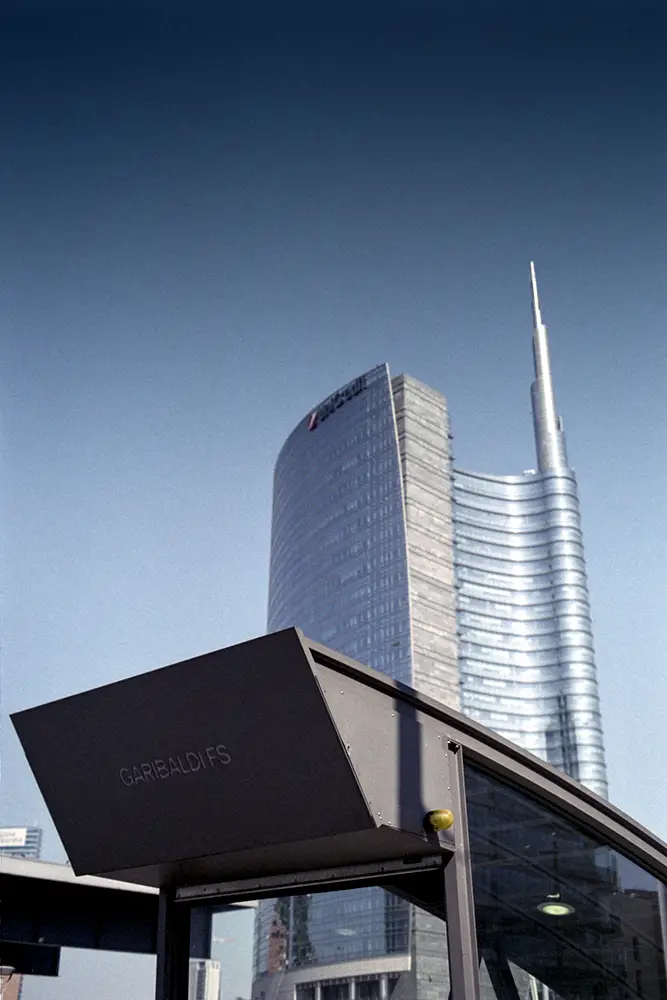
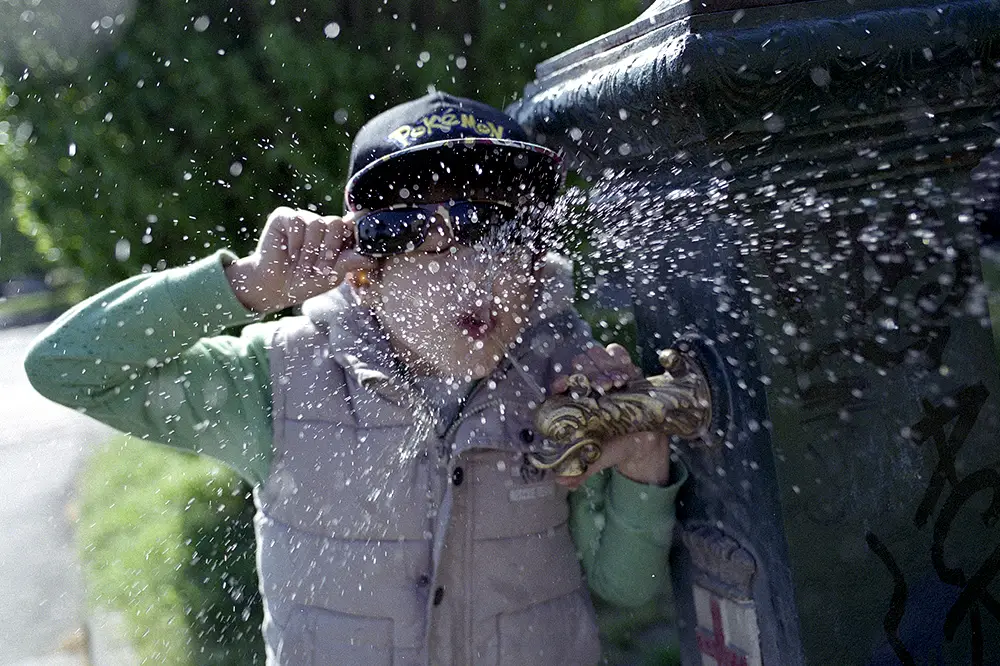
Now I almost always walk out with my “compact” and a couple of spare films, always ready to get into the action.
Share this post:
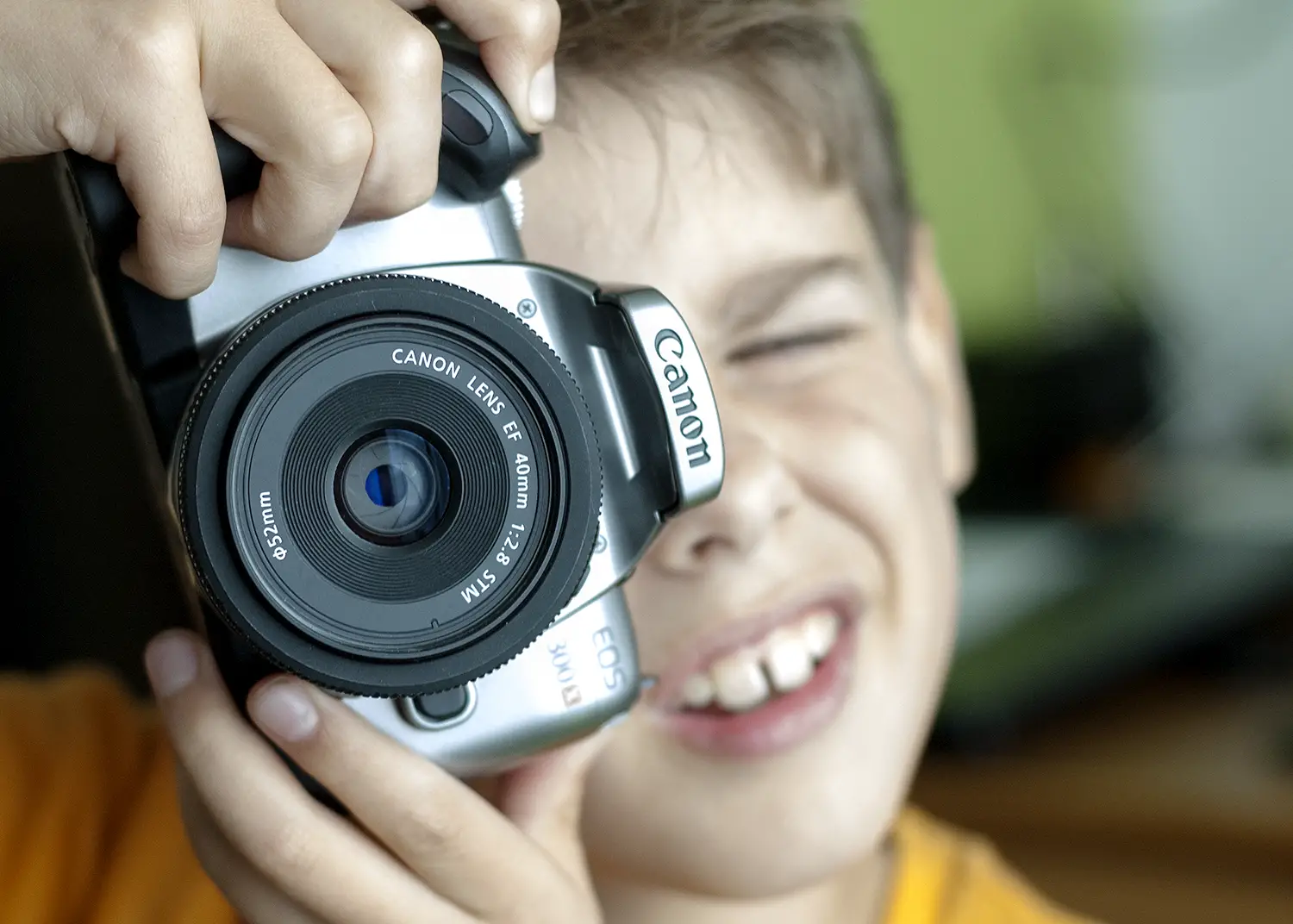








Comments
Dave on Canon EOS 300x & 40mm f/2.8 STM Review – My Compact Camera – by Mauro Pastore
Comment posted: 07/10/2017
Comment posted: 07/10/2017
Leo Tam on Canon EOS 300x & 40mm f/2.8 STM Review – My Compact Camera – by Mauro Pastore
Comment posted: 07/10/2017
Why spend $5-600 for a fancy compact when this is just as good for way less $
Comment posted: 07/10/2017
Christos Theofilogiannakos on Canon EOS 300x & 40mm f/2.8 STM Review – My Compact Camera – by Mauro Pastore
Comment posted: 07/10/2017
Comment posted: 07/10/2017
Jon herr on Canon EOS 300x & 40mm f/2.8 STM Review – My Compact Camera – by Mauro Pastore
Comment posted: 07/10/2017
Comment posted: 07/10/2017
Tom Perry on Canon EOS 300x & 40mm f/2.8 STM Review – My Compact Camera – by Mauro Pastore
Comment posted: 07/10/2017
Comment posted: 07/10/2017
Amanda Raney on Canon EOS 300x & 40mm f/2.8 STM Review – My Compact Camera – by Mauro Pastore
Comment posted: 08/10/2017
Comment posted: 08/10/2017
Barnaby Nutt on Canon EOS 300x & 40mm f/2.8 STM Review – My Compact Camera – by Mauro Pastore
Comment posted: 08/10/2017
I have the same lens, usually mounted on a Canon EOS5 - nicknamed the Plastic Fantastic.
Having modern features but shooting analogue is an easy way to get through a lot of film!
Comment posted: 08/10/2017
ScottP on Canon EOS 300x & 40mm f/2.8 STM Review – My Compact Camera – by Mauro Pastore
Comment posted: 21/11/2017
Not really surprising, I guess, but interesting.
Comment posted: 21/11/2017
My Nikon F75 Project - Part 1 - Going off on a tangent from my usual direction of travel - 35mmc on Canon EOS 300x & 40mm f/2.8 STM Review – My Compact Camera – by Mauro Pastore
Comment posted: 24/12/2017
John on Canon EOS 300x & 40mm f/2.8 STM Review – My Compact Camera – by Mauro Pastore
Comment posted: 19/07/2019
Comment posted: 19/07/2019
John C. on Canon EOS 300x & 40mm f/2.8 STM Review – My Compact Camera – by Mauro Pastore
Comment posted: 16/12/2019
Steve on Canon EOS 300x & 40mm f/2.8 STM Review – My Compact Camera – by Mauro Pastore
Comment posted: 21/01/2021
What are other lenses you can mount on this camera? I got some modern Canon lenses but can only shot wide open on this one.